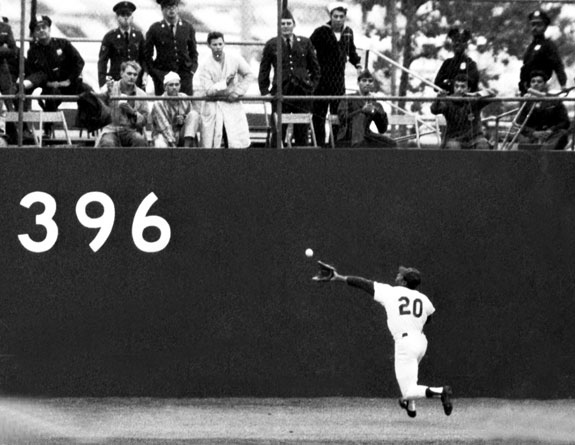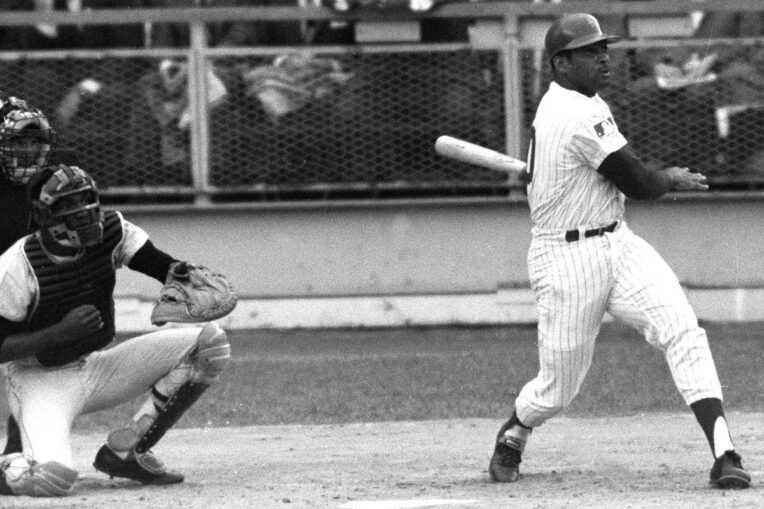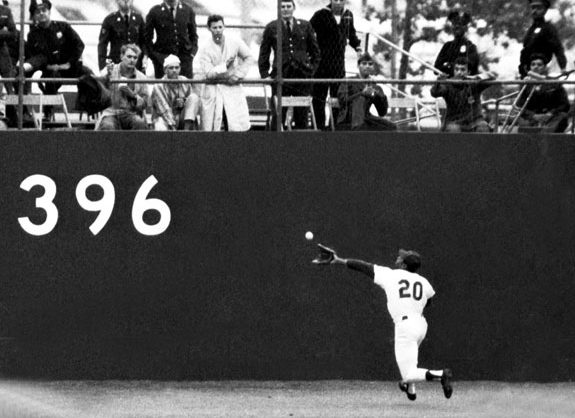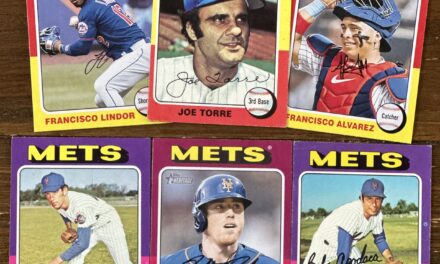
It goes without saying that the Mets had many weaknesses during their early years. But center field stood out more than the rest. For such a prominent and important position, it was a gaping hole the franchise could not fill.
That began to change shortly after Gil Hodges left his managerial post with the Washington Senators to take over the Mets’ job in November 1967.
“The first thing Hodges wanted to do when he became the manager was to acquire Tommie Agee,” the late general manager Johnny Murphy said. “He wanted a guy to bat leadoff with speed [who] could hit for power. He also . . . needed a guy in center to run the ball down.”
Less than a month after Hodges’ arrival, New York traded for the 25-year-old as part of a six-player swap. Also coming to the Mets was Al Weis, a little-known light-hitting 29-year-old infielder with just three home runs to date. Sent to Chicago were four players including veterans Tommy Davis and Jack Fisher.
Within two years, both players the Mets received basked in the World Series spotlight. Agee complemented an outstanding 1969 regular season with an incredible takeover of Game 3 against Baltimore: those two unforgettable catches which collectively saved five runs and a homer to lead off the bottom of the first. Weis, meanwhile, was the unsung hero — coming from nowhere to bat .455 capped by the tying home run in the clinching Game 5.

The origins of the trade began during Agee’s introductory major league season in 1966. Hodges — like many American League managers — was impressed with the eventual Rookie of the Year when he slugged 22 homers and stole 44 bases, and displayed potential on defense.
He would turn out to be one of the best center fielders in franchise history, but not without some struggle. A rough first year in the NL might have been duplicated if not for Hodges’ brilliance at the beginning of ’69.
After slugging two homers in the third game of the year, including a prodigious upper-deck shot at Shea Stadium on April 20, Agee went into a severe tailspin: 3-for-29. That prompted Hodges to give Tommie a 10-day respite which proved brilliant. Agee batted .311 in May and went on to be National League Comeback Player of the Year — leading the Mets in home runs with 26, runs scored with 97, and RBIs with 76.
Weis remained a modest power threat during his days with New York. Entering the World Series, he had never hit a home run at Shea Stadium and his only two homers during the ’69 regular season came on consecutive days at Wrigley Field in July. What timing — with the Mets rallying in Game 5 yet down a run in the bottom of the seventh and a chance to defeat the Orioles for good, Weis took Dave McNally deep to left field. New York tacked on the deciding runs an inning later.
















